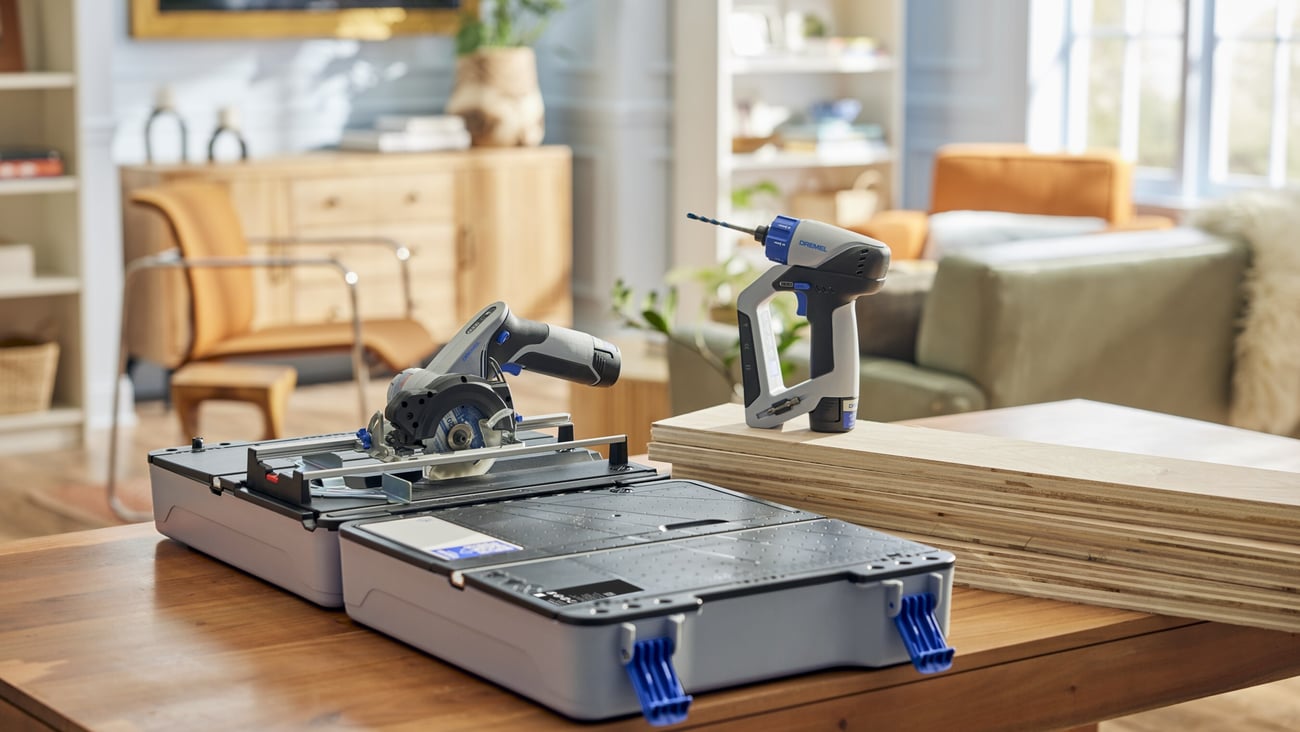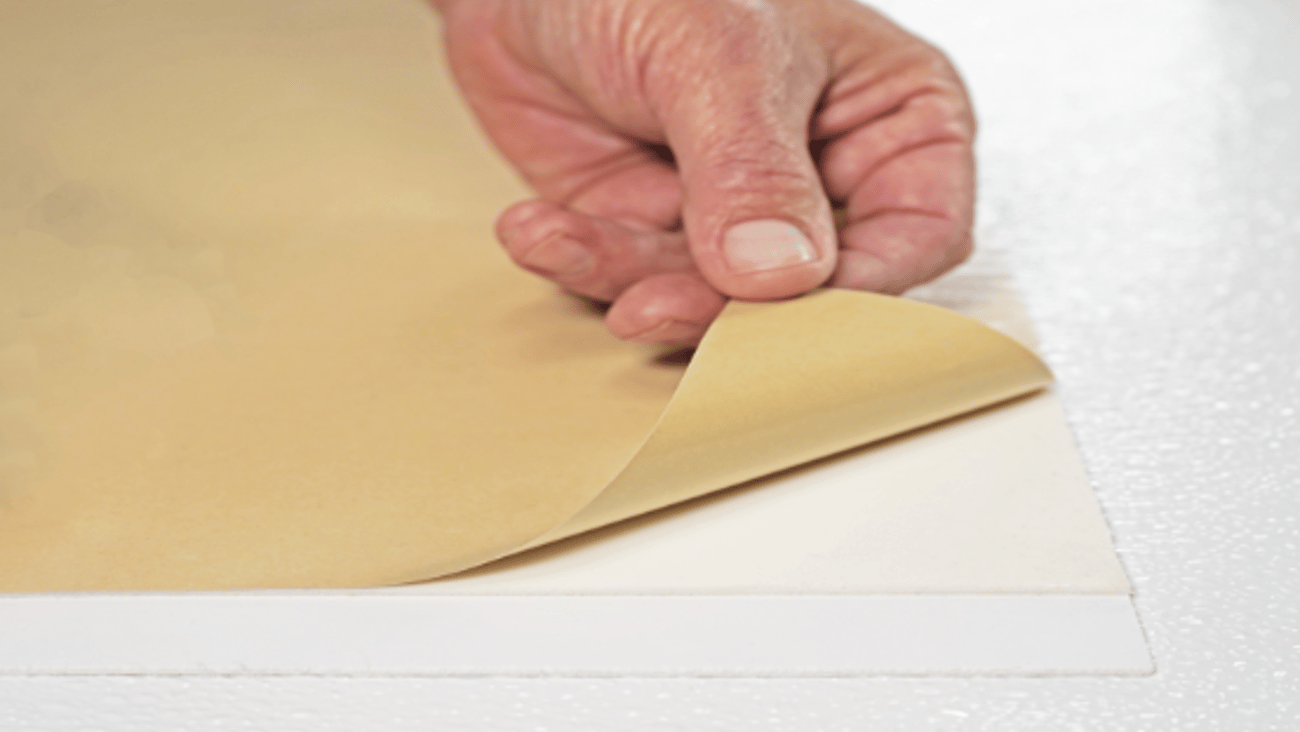Energy savings version 2.0
Ron Jarvis, VP environmental innovation for The Home Depot, said he is “extremely impressed” with how consumers are not just asking for, but demanding, energy-efficient products for their homes — this despite an unsteady economy.
But thanks to strong marketing programs and ongoing education about the long-term cost-effectiveness of energy-efficient products — and 20 years of Energy Star promotions — customers are opting for products that will save them energy and money.
“Many products are now carrying labels that educate the consumer on how the product has energy-efficiency improvements,” Jarvis said. “This is creating an expectation for continual improvement and transparency in energy-consuming products.”
Hot products
From water heater jackets to programmable thermostats and LED lighting, the number of home improvement products that fall under the energy-efficient umbrella is ever expanding. Many dealers and manufacturers say that lighting products have amplified this movement.
“The light bulb legislation is certainly driving a lot of the interest, but I think folks are realizing the amount of energy they can save by switching to more efficient technologies, such as halogen, CFLs or LEDs,” said Bruce Frank, global product merchant-electrical, True Value.
Frank said that in his area, there are many inquiries about alternative sources of light that are more energy efficient. “There is also a good deal of interest in converting linear fluorescent fixtures from the old, inefficient T-12s to the more efficient T-8s, but this is mostly coming from commercial and retail outlets,” he said.
Jarvis said Home Depot is looking for continued growth in compact fluorescent and LED bulbs, “as American consumers learn of their tremendous savings (75% to 85%, he estimated) over incandescent bulbs.”
LED bulbs, for example, save energy, eliminate maintenance and last for years, and are longer-lasting than fluorescent, halogen and incandescent lighting combined, Frank said. “There is a lot of curiosity and interest in LEDs, but I think the cost is a bit of a barrier to purchase for most consumers,” he said. “It is difficult for them to understand the need to go from light bulbs for under $2 for a four-pack to something that is $20 to $40. They understand there is a benefit, but I don’t think they see the value just yet.”
Other home energy offerings that are resonating in the marketplace include:
• Energy meters with LCD display: These meters allow users to find out how much energy their electronics and appliances are using, and how to minimize the use.
• Solar-powered motion sensor outdoor lights: With these efficient lights, homeowners can harness the power of the sun to keep their rechargeable batteries up and running every day. Hanging lanterns, driveway reflectors and other systems are also charged by day so they light up at night.
• Programmable thermostats are rated as the No. 1 energy-saving purchase a homeowner can make, according to the Rocky Mountain Institute. One popular product is the Energy Star-rated Honeywell RTH7500D Conventional 7-Day Programmable Thermostat, which features weeklong programming and four programmable periods per day, allowing users to zone each room of the home to the exact degree.
Projects that have short-term paybacks like water heater jackets, programmable thermostats and re-insulate/seal will be implemented in many households in 2012, according to retailers. “As the economy improves, we will see larger projects like replacing windows, doors and HVACs gain momentum,” Jarvis said.
Evolution of home-energy products
Advancements in computing and mobile technology have allowed for many more products to enter the market, said Ann Bailey, director of Energy Star Product Labeling for the Environmental Protection Agency (EPA). At the same time, Bailey said, this advancement also requires more devices to be plugged in and charged.
“Battery capacity and efficiency is a greater priority than it has been before, and Energy Star is working to revise the battery charger specification to include more kinds of chargers,” she said. “Also, connectivity is seen as the future of consumer products. Computers, lights and even appliances may be able to be controlled remotely through a mobile phone or tablet. This would provide an opportunity for devices to be powered down when not in use or put in use during non-peak hours."
With lighting advancements, there is greater focus on making the upfront costs a little more palatable for users seeking higher-end, energy-efficient light bulbs, Frank said, adding, “Consumers see the benefits of the products, but the costs need to be more reasonable for them to see them as a value.”
Light bulb manufacturers have worked to improve the performance of their products to address these concerns, Frank said. Shortening the warm-up time of CFLs to where they are at 80% or better brightness within a very short period of time is just one example.
GE has incorporated a halogen capsule inside some of their CFLs, Frank said. “The halogen comes on at full brightness immediately, then turns off after the CFL has warmed up. Manufacturers have also worked to improve the dimmability, reduce the mercury content and develop covered bulbs that look like regular incandescents,” he added.
Marketing clout
In the past, federal and state rebate or credit programs have had a positive impact on consumer purchases of energy-efficient products. However, the 2010 ARRA stimulus program is almost completely depleted, and no additional federal or state programs of this magnitude are on the horizon.
Industry leaders said that many consumers were turned off by earlier versions of so-called energy-efficient products because of their deficiencies. Over time, however, there has been a concerted effort among manufacturers and retailers — buttressed by Energy Star — to make consumers and other users aware that the newer products perform better, and many of the faults have been rectified.
“We are constantly trying to convince consumers to put aside their objections, either real or imagined, and to try the new products out,” True Value’s Frank said. “There has been a renewed emphasis on the earth-friendliness of the products, but there is still a lot of focus on the value that it represents.
“I think that you can convince consumers more so if you can show them there is a value to the product. It might cost 50 cents for an incandescent bulb and about $4 for a CFL, but over the life of that CFL, the incandescent will cost you $5 in replacements and an additional $50 in energy costs.”




